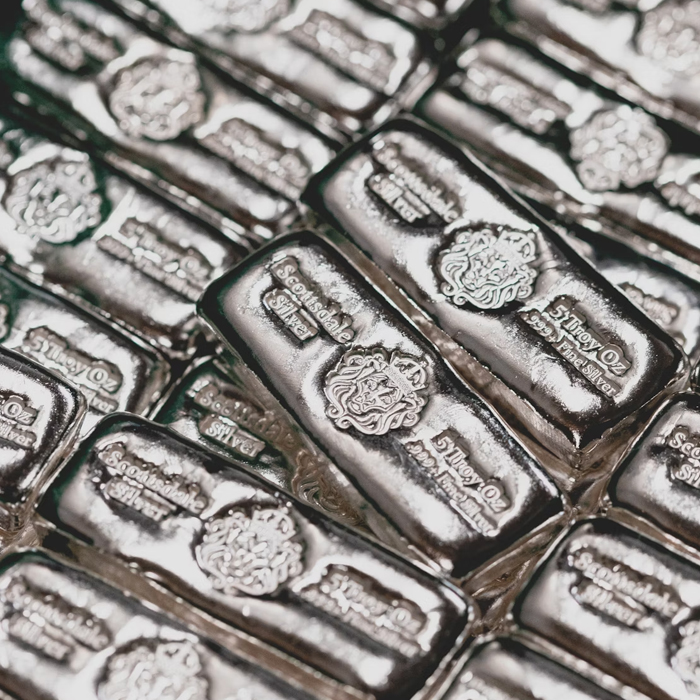This precious metal may be one of the most accessible these days but, long before the days of mass jewellery production, sterling silver was once a material reserved for the wealthy and royalty. Whereas nowadays it is known to be a low-cost metal that people within jewellery production widely utilise.
Due to its durability and versatility its clear as to why silver has never fallen out of fashion and although it is mass produced, the designs including this metal have changed dramatically over time.
Silver is thought to have been first discovered in 5000bc with early uses for it being mainly used to create eating and drinking vessels. As mentioned previously, silver was reserved for royalty and the wealthy, in ancient Egypt pharaohs, kings, queens and selected others had the opportunity to own them.
There are different standards of silver, the most common in the jewellery community being Sterling Silver which dates back to the 13th century this means it must have 925 parts pure silver per thousand. Hence the stamp ‘925’ on Sterling Silver jewellery, meaning 92.5% is pure silver and the other 7.5% is made up of different alloys to add to its durability and hardness. The metal usually added to pure silver to create sterling silver is copper however other metals can be used, such a nickel.
There are different grades of silver available such as .999 silver, .958 silver, .800 silver and then such things as silver plated. However, .925 is the grade that is mostly dealt with within the jewellery community.

Get Your Free Engagement Ring Guide Now…
Just enter your name and email below, and a copy of my free engagement ring guide will be on its way to you in moments… and you’ll be able to plan the perfect occasion for your loved one.
